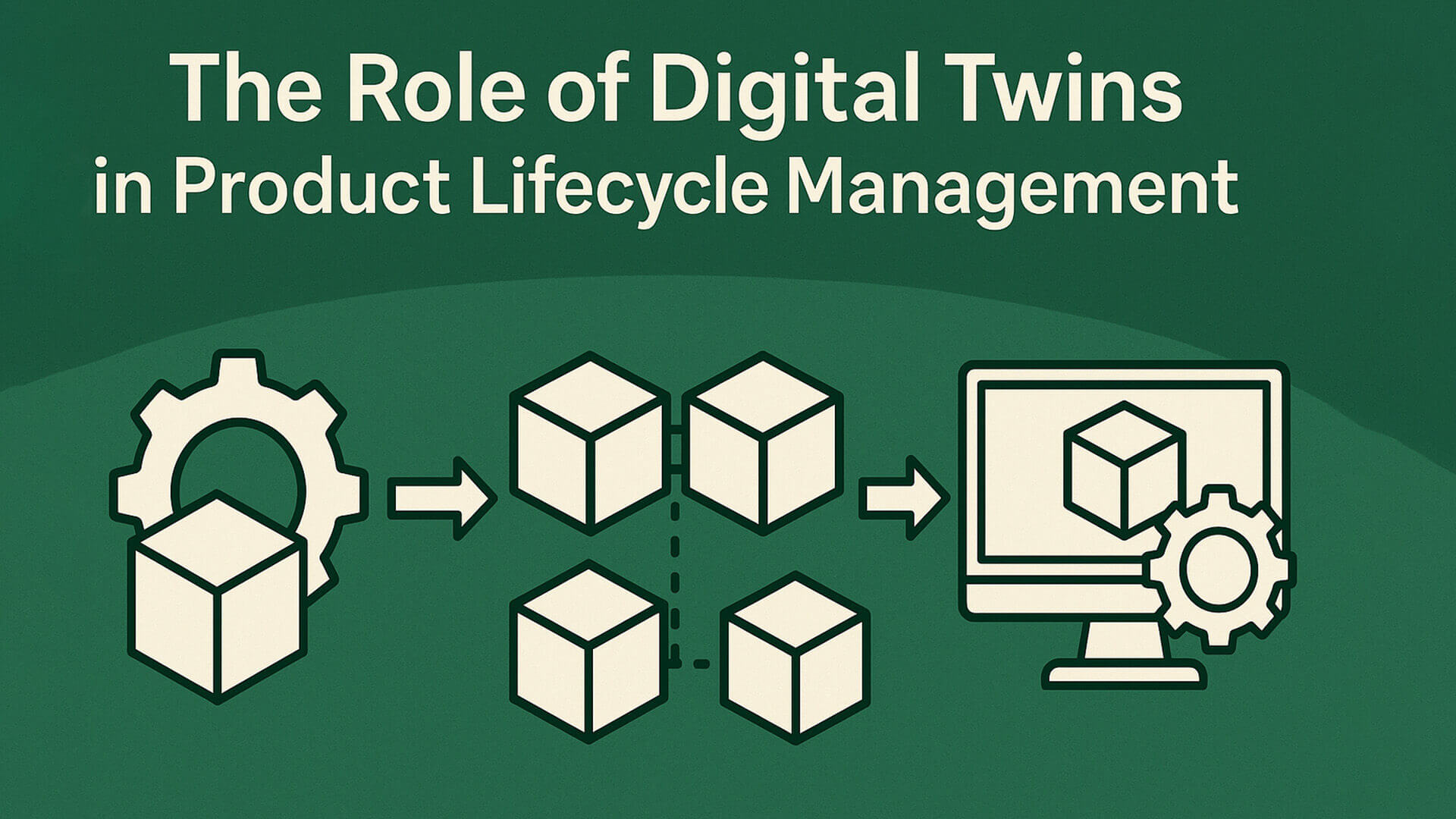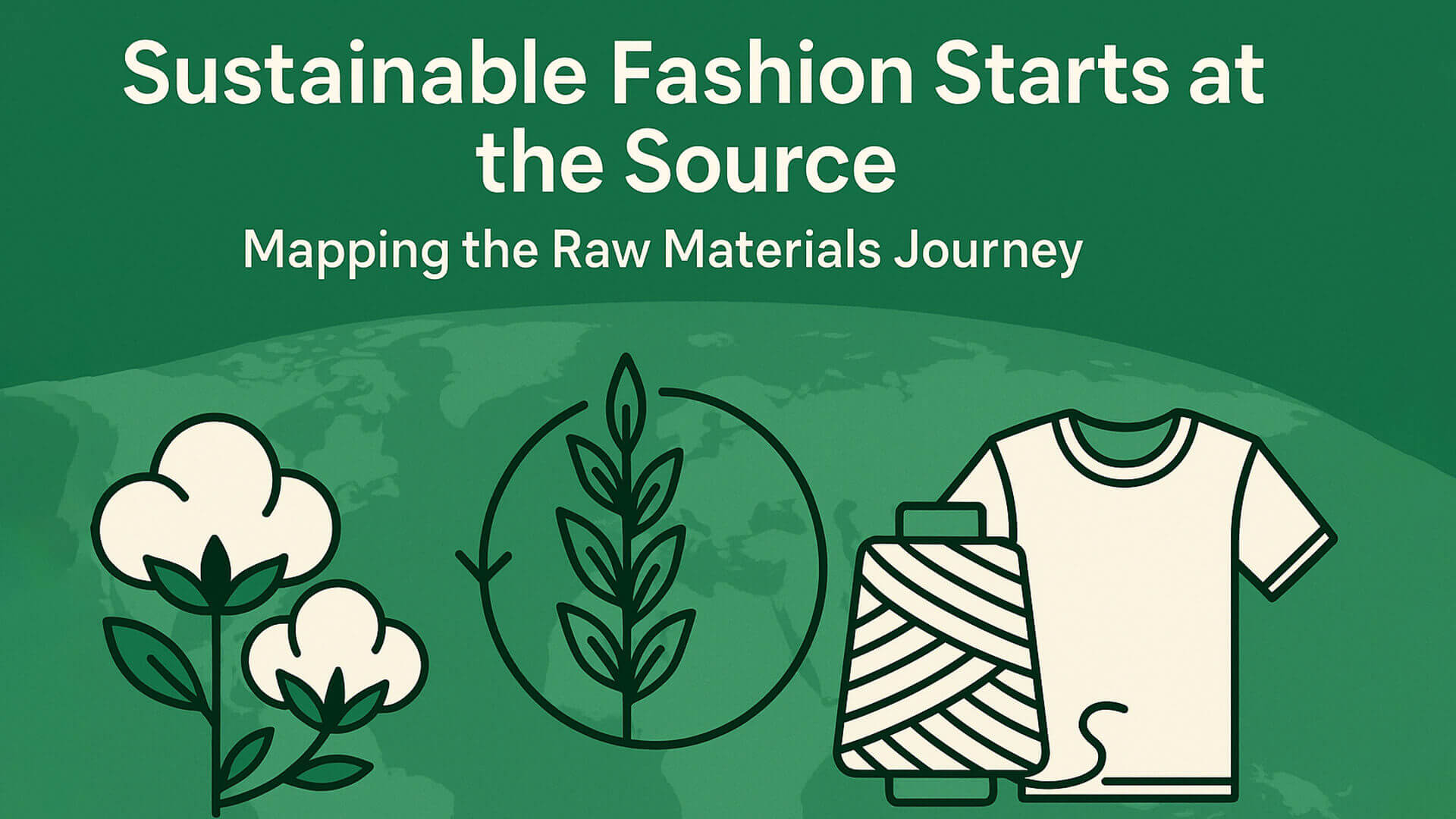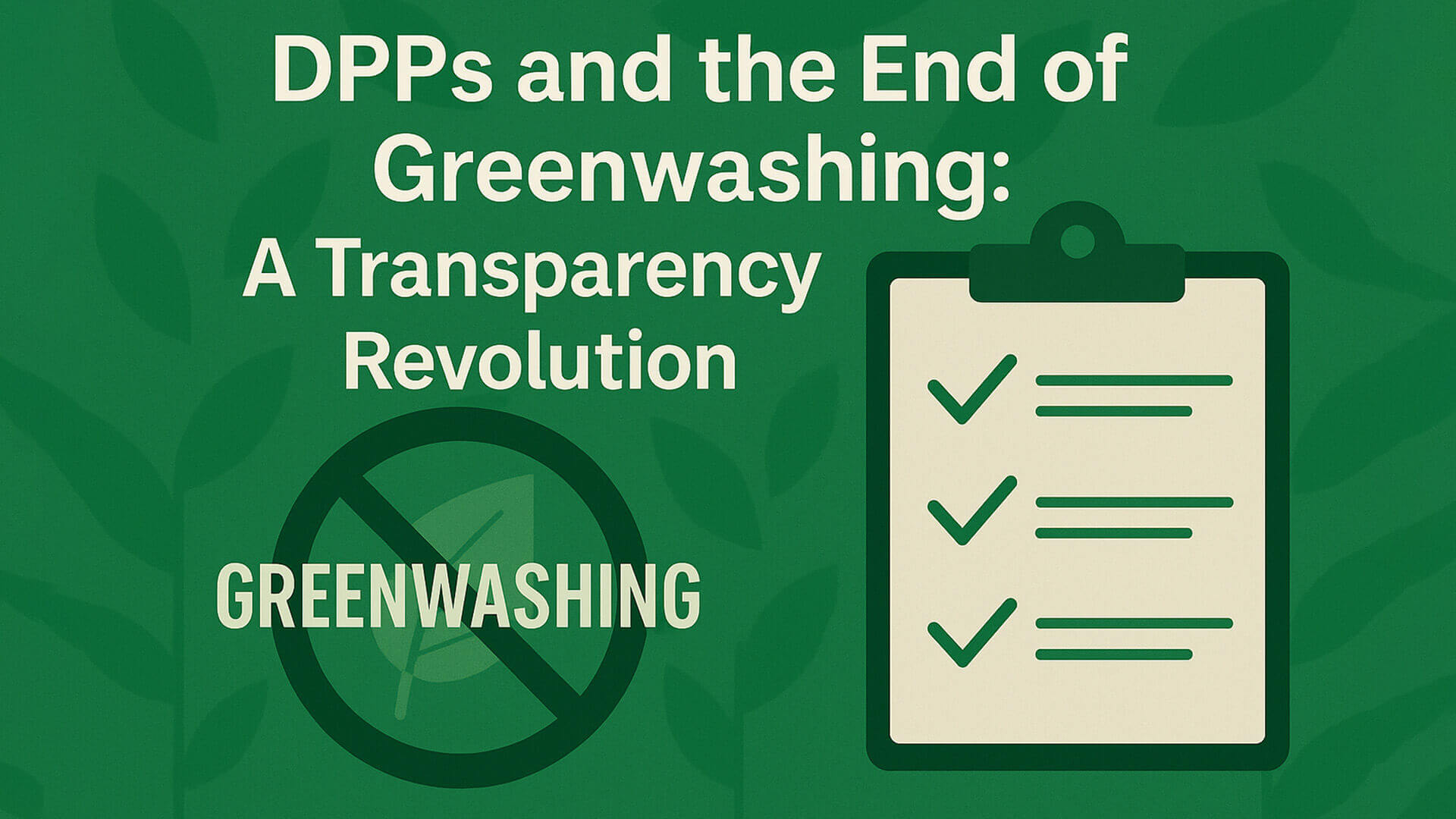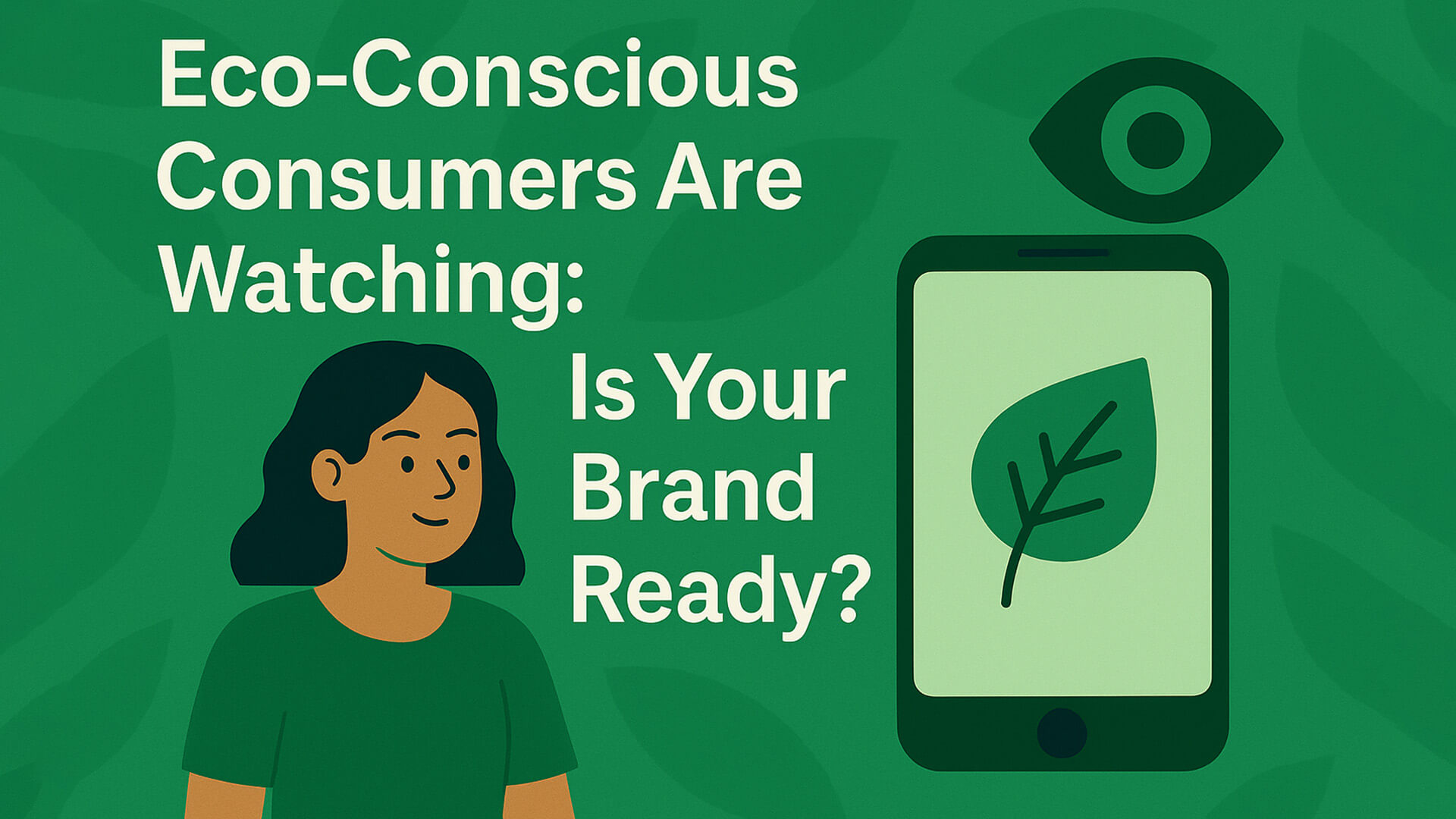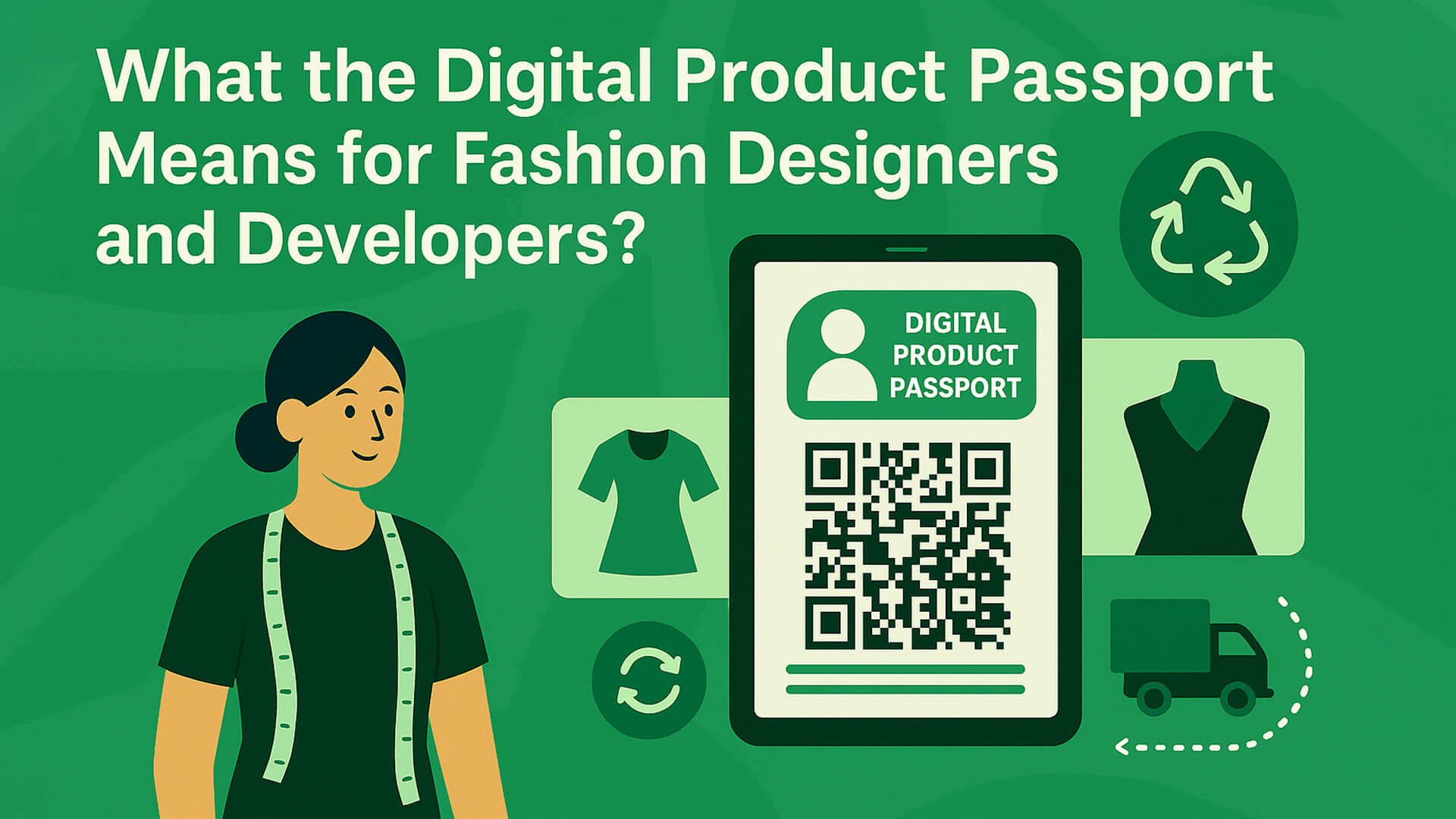- info@greenthreadsdpp.com
- Southampton, United Kingdom
Preparing Your Brand for the Circular Fashion Economy
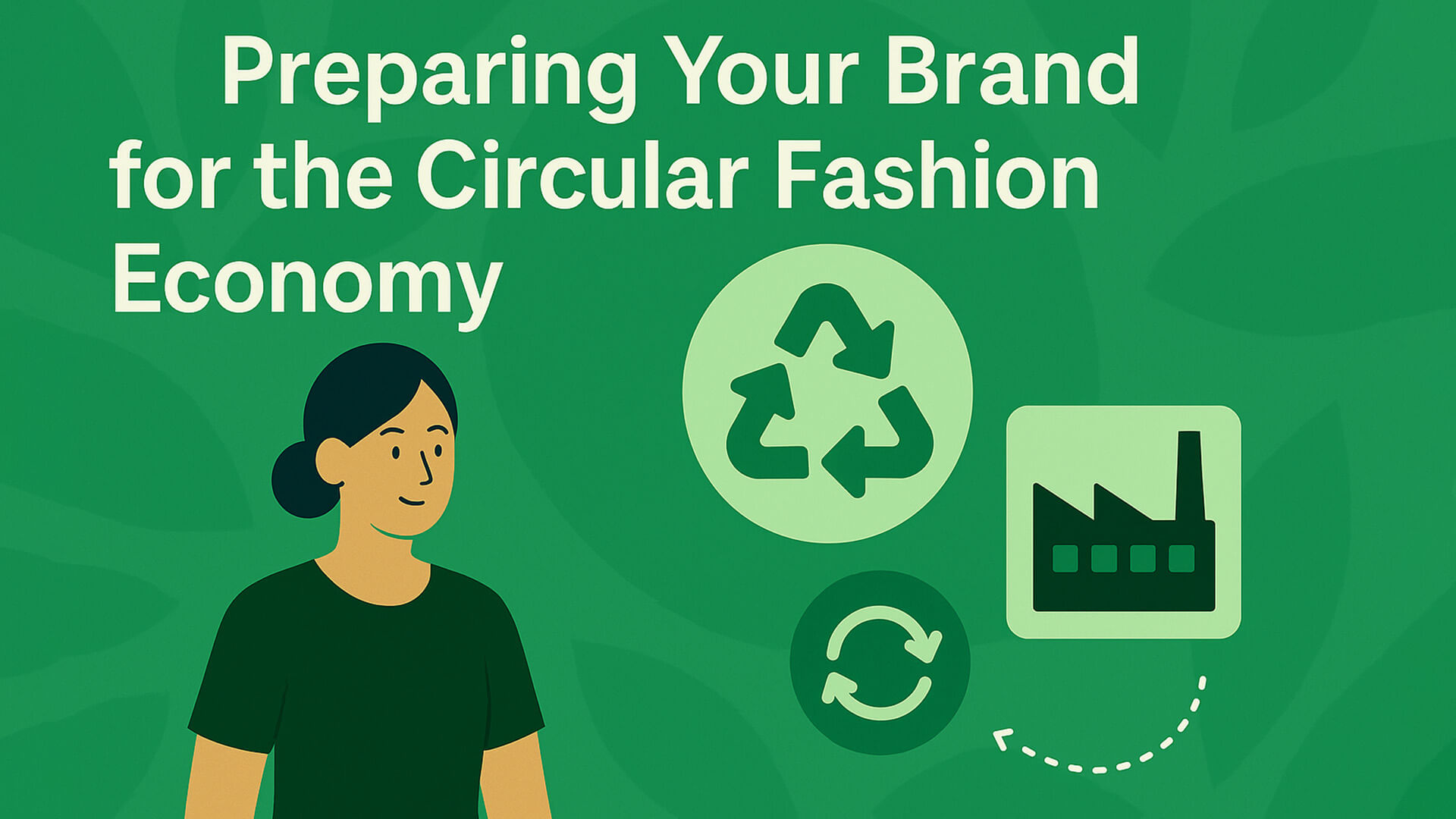
The fashion industry is at a pivotal crossroads. As environmental concerns, resource scarcity, and consumer consciousness converge, the traditional linear model of “take, make, dispose” is rapidly losing relevance. In its place, a new paradigm is emerging, the circular fashion economy. For brands, this isn’t just a trend; it’s a strategic imperative. But how can your brand prepare for this transformation?
Let’s explore the mindset, models, and methods that will future-proof your Clothing business in a circular world.
What Is the Circular Fashion Economy?
At its core, the circular fashion economy is about designing out waste and pollution, keeping products and materials in use, and regenerating natural systems. Unlike the linear model, where garments are produced, sold, and discarded, circular fashion emphasizes:
-
Durability: Designing clothes that last longer
-
Reusability: Encouraging resale, rental, and repair
-
Recyclability: Creating garments that can be broken down and remade
-
Regeneration: Using renewable and biodegradable materials
This model not only reduces environmental impact but also opens up new revenue streams and strengthens brand loyalty.
Step 1: Define Your Circular Vision
Before diving into tactics, your brand needs a clear vision for circularity. Ask yourself:
-
What role do we want to play in the circular economy?
-
How can we align our values with circular principles?
-
What does success look like in 5, 10, or 20 years?
This vision should be embedded in your brand strategy, guiding everything from product design to customer engagement.
Step 2: Rethink Product Design
Circularity starts at the drawing board. Your design team should embrace circular design principles, such as:
-
Modularity: Make garments easy to disassemble and repair
-
Mono-materials: Use single fibers to simplify recycling
-
Timelessness: Prioritize classic styles over fast trends
-
Material choice: Opt for organic, recycled, or biodegradable fabrics
Tools like the Circular Design Guide and the Ellen MacArthur Foundation’s frameworks can help your team adopt best practices.
Step 3: Build for Longevity and Repair
Encouraging customers to keep garments longer is one of the most impactful circular strategies. Consider:
-
Offering repair services or DIY repair kits
-
Designing clothes with reinforced seams and durable trims
-
Providing care instructions that extend product life
-
Launching warranty or guarantee programs
Brands like Patagonia and Nudie Jeans have built cult followings by championing repair and reuse.
Step 4: Embrace Take-Back and Resale Models
Circular fashion thrives on closed loops. That means taking responsibility for your products after the point of sale. You can:
-
Launch take-back schemes for used garments
-
Partner with resale platforms like ThredUp or Depop
-
Create your own branded resale marketplace
-
Offer store credit for returned items
These models not only reduce waste but also deepen customer engagement and brand loyalty.
Step 5: Rethink Packaging and Logistics
Circularity isn’t just about the product it’s about the entire system. Evaluate your packaging and logistics through a circular lens:
-
Use recyclable or compostable packaging
-
Offer reusable shipping containers
-
Optimize reverse logistics for returns and repairs
-
Minimize carbon emissions through local sourcing and smart routing
Every touchpoint is an opportunity to reinforce your circular commitment.
Step 6: Educate and Empower Your Team
Circular transformation requires a cultural shift. Your employees from designers to marketers to store associates need to understand and embrace circularity. Invest in:
-
Training programs on circular principles
-
Cross-functional workshops to foster innovation
-
Incentives for sustainable practices
-
Internal champions to lead the charge
When your team believes in the mission, they’ll become powerful advocates for change.
Step 7: Communicate Transparently with Consumers
Today’s consumers are savvy and sceptical. They want to know not just what you’re doing, but how and why. Be transparent about:
-
Your materials and sourcing
-
Your circular initiatives and goals
-
Your challenges and progress
Use tools like digital product passports, QR codes, and interactive storytelling to bring your sustainability journey to life.
Step 8: Collaborate Across the Ecosystem
No brand can go circular alone. Collaboration is key. Join forces with:
-
Suppliers to develop circular materials
-
Recyclers to close the loop on textiles
-
Tech platforms to track and trace products
-
Industry coalitions like the Global Fashion Agenda or Ellen MacArthur Foundation
Shared knowledge and resources accelerate progress for everyone.
Step 9: Measure What Matters
To manage your circular journey, you need to measure it. Track metrics such as:
-
Garment lifespan and return rates
-
Percentage of recycled or renewable materials
-
Carbon and water savings
-
Customer participation in circular programs
Use these insights to refine your strategy and report progress to stakeholders.
Step 10: Innovate Boldly
Circular fashion is still evolving. Stay ahead by experimenting with:
-
Rental and subscription models
-
On-demand and made-to-order production
-
Biodegradable or lab-grown materials
-
AI-powered design and inventory management
The brands that thrive in the circular economy will be those that embrace innovation and challenge the status quo.
Final Thoughts: Circularity as a Brand Superpower
Preparing your brand for the circular fashion economy isn’t just about sustainability, it’s about resilience, relevance, and reputation. It’s about building a business that’s not only profitable but purposeful.
By embedding circularity into your DNA, you’ll:
-
Reduce environmental impact
-
Unlock new revenue streams
-
Strengthen customer loyalty
-
Future-proof your brand in a changing world
The circular economy isn’t a destination, it’s a journey. And the time to start is now.

